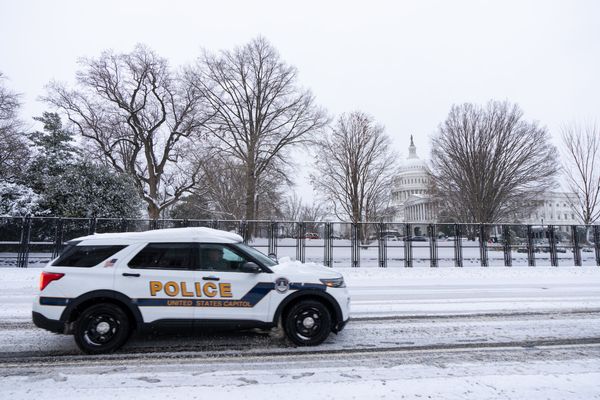
To see one of the greatest challenges facing the next prime minister, head down the A13 to Dagenham. Just off the dual carriageway lies something remarkable: the world’s first and arguably still largest public housing estate. Spanning 4 sq miles, Becontree comprised 24,000 homes and housed 120,000 people. Begun just over a century ago as part of Lloyd George’s homes for heroes, it is proof of what a battered, heavily indebted government can do – if it has the drive.
The 1920s and 30s saw one of the greatest building booms in British history. This was the era of train stations advancing over Metroland, of the giant Wythenshawe development in Manchester. Cottage estates such as Becontree are now dismissed as humdrum, but to families escaping the poverty-stricken East End, these modest homes would have marked a golden opportunity. And they came with gardens. As the outgoing local MP, Jon Cruddas, observes, if the Americans had built something as grand in scope and scale as Becontree, “you’d never hear the end of it”.
From being cooped up in one or two rooms above smoggy streets, a working-class household could enjoy intimate green space. Children now had their own outdoor play area; their parents had vegetable patches and flowerbeds. In these decades, an amazing transformation swept the British garden: it became democratised. There were allotments, communal lawnmowers and marrow-growing competitions.
There was also huge snobbery: on meeting DH Lawrence, Edith Sitwell wrote that he was “like a plaster gnome on a stone toadstool in some suburban garden”. Against this stood writers such as Richard Sudell, who argued: “We all desire a more beautiful world, a world which will inspire us to do better and nobler things.” In a fascinating new study of Sudell and suburban gardens, Behind The Privet Hedge, the author Michael Gilson dubs his subject “the patron saint of crazy paving”. He was also a radical, a democrat and a visionary.
Sudell was the opposite of Dame Edith: a working-class boy who left school at 14. He was a Quaker whose conscientious objection to fighting in the first world war meant that he was imprisoned for years. He was also among the early occupants of a cottage estate and in manuals and newspapers, he guided Britain’s new horticultural army on how to beautify their own back yards.
Not far from Becontree is a site called Beam Park, where almost 4,000 homes are being built on the graveyard of the Ford factory in Dagenham. The developers are private, although the scheme is supported by the mayor of London and hoardings promise half will be affordable. They also promise plenty of greenery, but there will be a fair number of high towers. The number of proposed homes has shot up 25% since its launch in 2016. Such is the way of much property development – getting maximum return from each square foot of land – and it is a far cry from the progressive visions of Bournville, or the Salters of socialist Bermondsey or Sudell.
A larger population and the climate crisis demand trade-offs, but if the landscape of the future is expensive boxes in the sky, devoid of aesthetic merit or opportunity for community, it will be a gift for the new hard right. More building demands more public control. Rather than scrapping planning laws and letting big builders rip, the next government must use regulation to ensure that everyone gets the best homes – and green space – possible.







